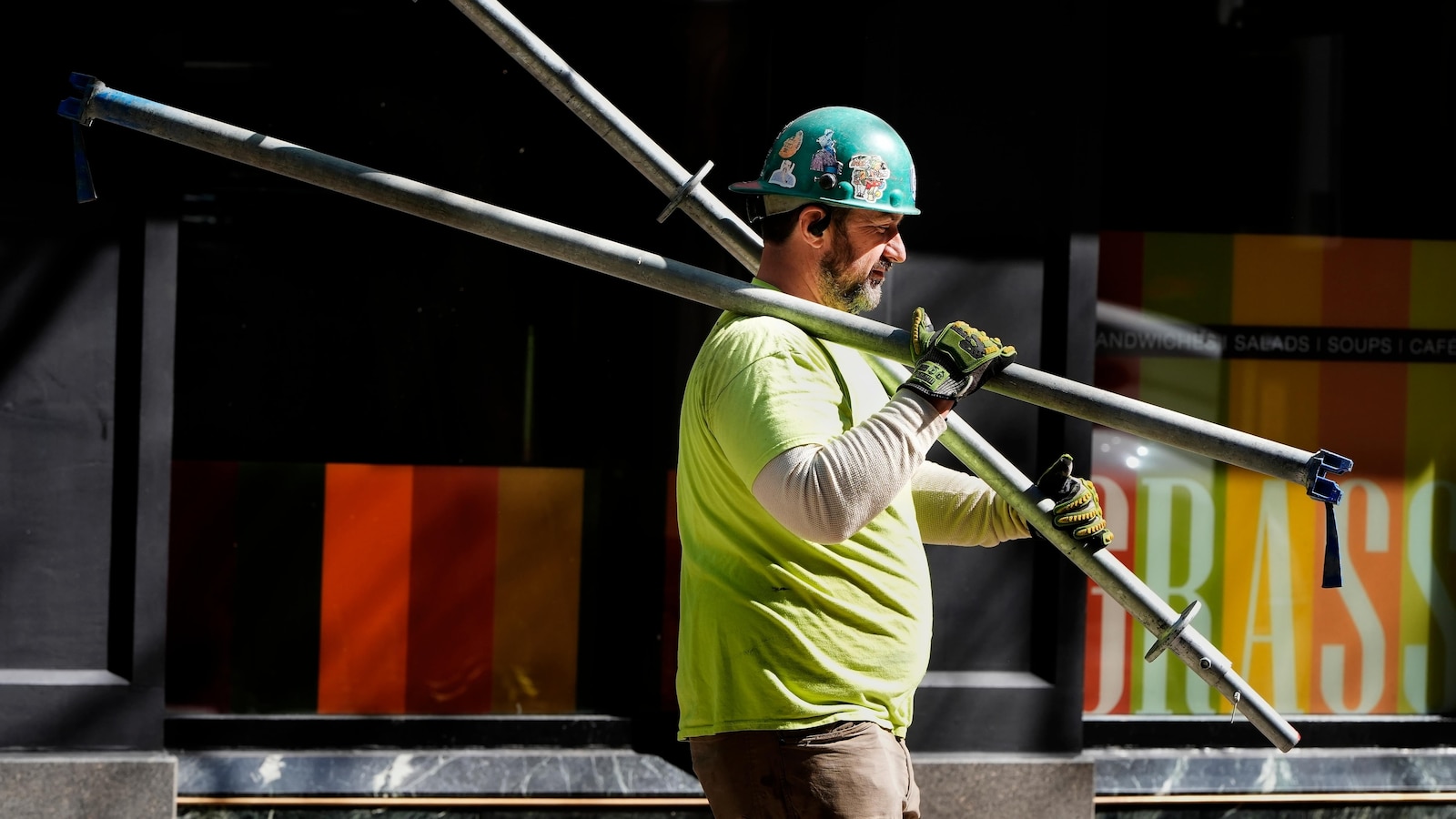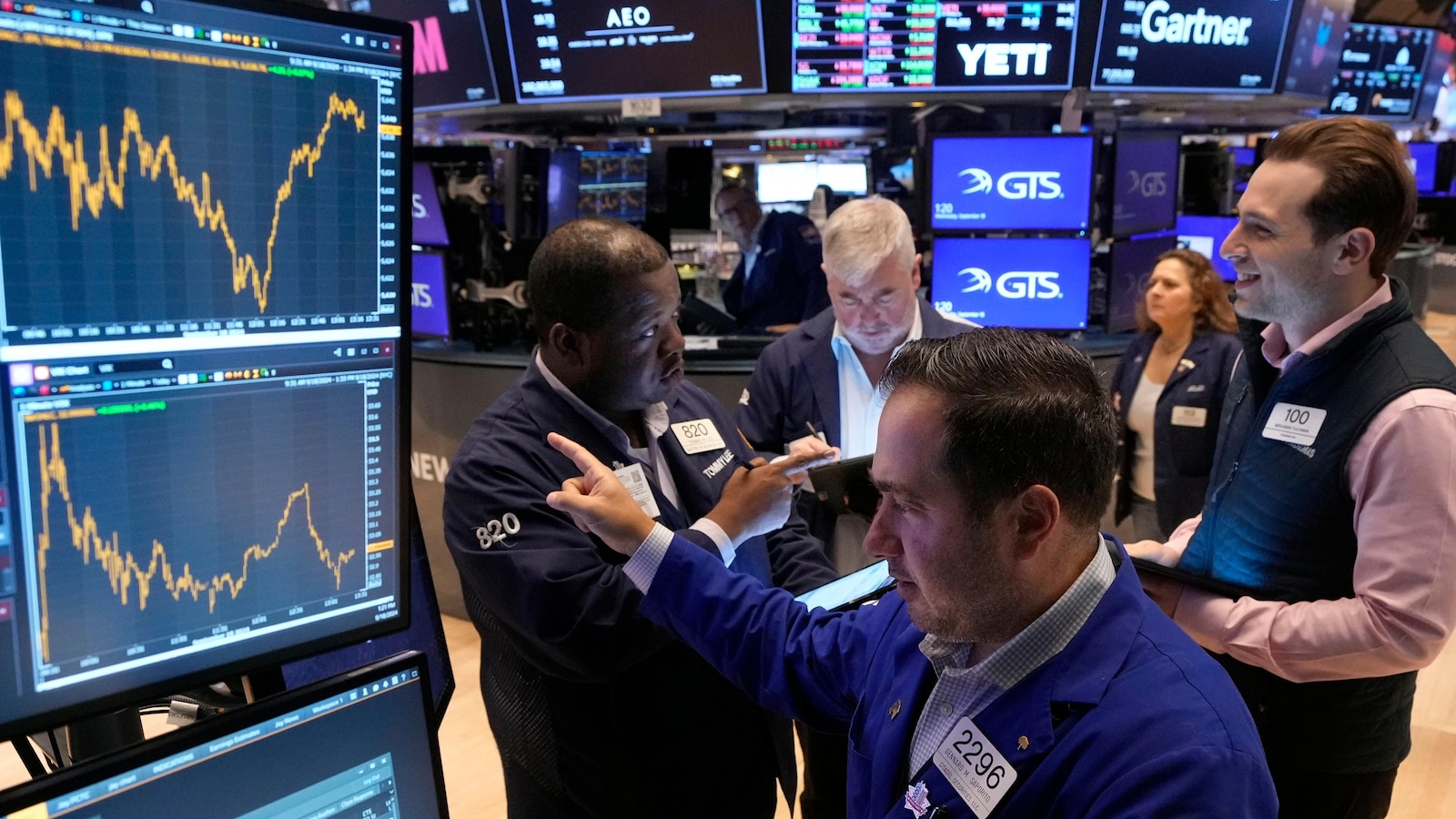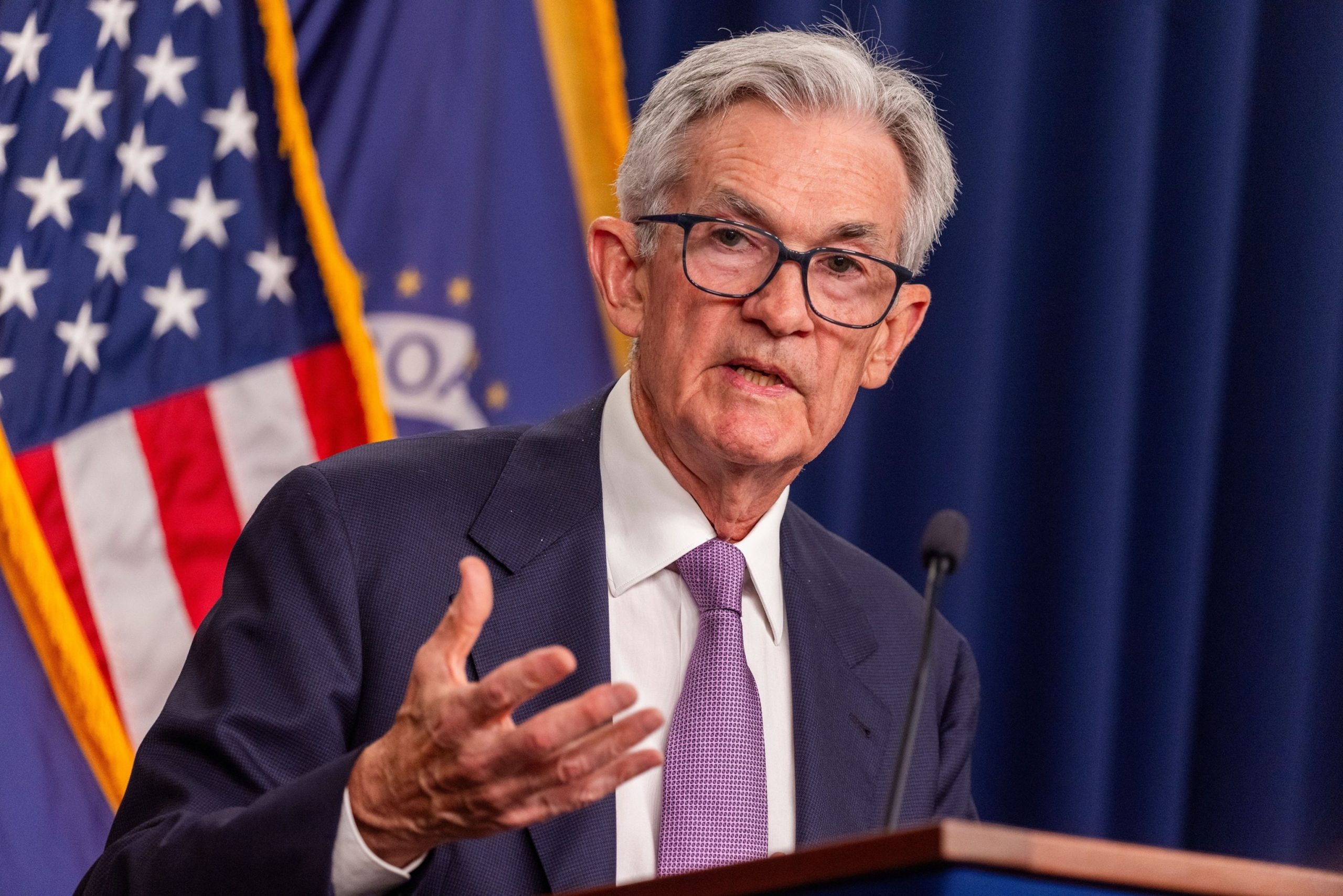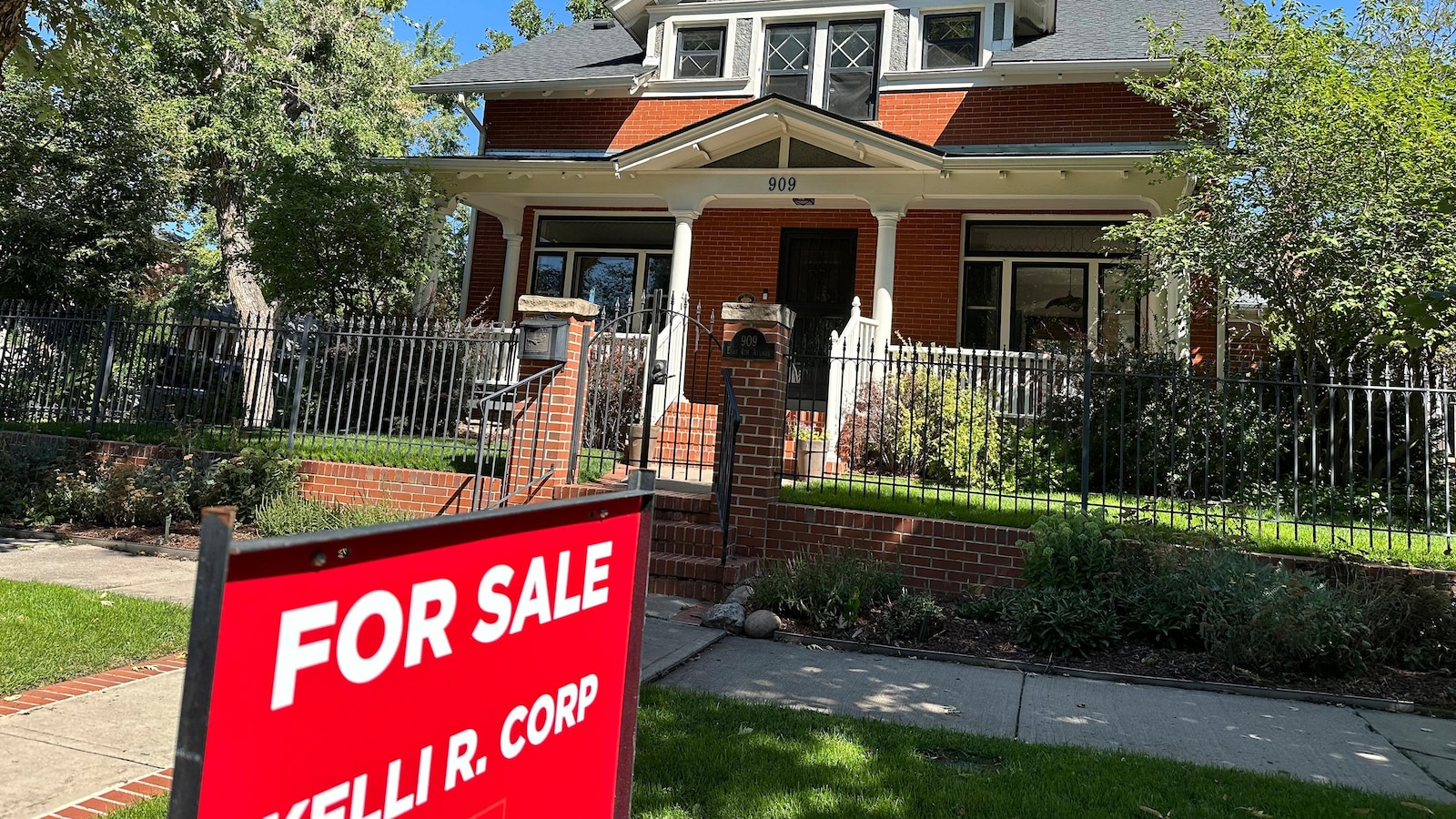
WASHINGTON — The U.S. job market isn’t sizzling hot anymore. Companies aren’t hiring the way they were a year or two ago. But they aren’t slashing jobs either, and American workers continue to enjoy an unusual degree of job security.
This is just what the inflation fighters at the Federal Reserve want to see: a gradual slowdown in hiring that eases pressure on companies to raise wages — but avoids the pain of widespread layoffs.
When the Labor Department puts out its July employment report Friday, it’s expected to show that employers added 175,000 jobs last month. That’s decent, especially with Hurricane Beryl disrupting the Texas economy last month, but that would be down from 206,000 in June. Unemployment is expected to remain steady at a low 4.1%, according to a survey of economists by the data firm FactSet.
“We’re actually in a good place now,’’ Fed Chair Jerome Powell told reporters Wednesday after the central bank’s latest meeting.
From January through June this year, the economy has generated a solid average of 222,000 new jobs a month, down from an average 251,000 last year, 377,000 in 2022 and a record 604,000 in 2021 when the economy bounded back from COVID-19 lockdowns.
The economy is weighing heavily on voters’ minds as they prepare for the presidential election in November. Many are unimpressed with the strong job gains of the past three years, exasperated instead by high prices. Two years ago, inflation hit a four-decade high. The price increases eased, but consumers are still paying 19% more for goods and services overall than they were before inflation first heated up in spring 2021.
The June jobs report, though stronger than expected, came with blemishes. For one thing, Labor Department revisions reduced April and May payrolls by a combined 111,000. That meant that monthly job growth averaged just 177,000 from April through June, lowest three-month average since January 2021.
What’s more, the unemployment rate has risen for the past three months. If it inches up unexpectedly in July — to 4.2% instead of remaining at 4.1% as forecast — it will cross a tripwire that historically has signaled an economy in recession.
This is the so-called Sahm Rule, named for the former Fed economist who came up with it: Claudia Sahm. She found that a recession is almost always already underway if the unemployment rate (based on a three-month moving average) rises by half a percentage point from its low of the past year. It’s been triggered in every U.S. recession since 1970. And it’s had only two false positives since 1959; in both of those cases — in 1959 and 1969 — it was just premature, going off a few months before a downturn began.
Still, Sahm, now chief economist at the investment firm New Century Advisors, said that this time “a recession is not imminent’’ even if unemployment crosses the Sahm Rule threshold.
Many economists believe that today’s rising unemployment rates reveal an influx of new workers into the American labor force who sometimes need time to find work, rather than a worrisome increase in job losses.
“Labor demand is slowing,’’ said Matthew Martin, U.S. economist at Oxford Economics, “but companies are not laying off workers in large numbers, which reduces the odds of a negative feedback loop of rising unemployment leading to income loss, reduction in spending, and more layoffs.’’
Indeed, new Labor Department data this week showed that layoffs dropped in June to the lowest level in more than a year and a half.
America’s jobs numbers have been unsettled by an unexpected surge in immigration — much of it illegal — over the past couple of years. The new arrivals have poured into the American labor force and helped ease labor shortages across the economy — but not all of them have found jobs right away, pushing up the jobless rate. Moreover, people who have entered the country illegally are less inclined to respond to the Labor Department’s jobs survey, meaning they can go uncounted as employed, notes Oxford’s Martin.
Nonetheless, Sahm remains concerned about the hiring slowdown, noting that a deteriorating job market can feed on itself.
“Once you have a certain momentum going to the downside, it often can get going,’’ Sahm said. The Sahm rule, she says, is “not working like it usually does, but it shouldn’t be ignored.’’
Sahm urged Fed policymakers to preemptively cut their benchmark interest rate at their meeting this week, but they chose to leave it unchanged at the highest level in 23 years.
The Fed raised the rate 11 times in 2022 and 2023 to battle rising prices. Inflation has duly fallen — to 3% in June from 9.1% two years earlier. But it remains above the Fed’s 2% target and policymakers want to see more evidence it’s continuing to come down before they start cutting rates. Still, they are widely expected to make the first cut at their next meeting in September.
Friday’s job report could give them some encouraging news. According to FactSet, forecasters expect last month’s average hourly wages to come in 3.7% above July 2023 levels. That would be the smallest gain since May 2021 and would mark progress toward the 3.5% that many economists see as consistent with the Fed’s inflation goal.
As the U.S. job market continues to face challenges due to the ongoing COVID-19 pandemic, there is some positive news on the horizon. According to recent reports, there is a potential increase of 175,000 jobs expected in the U.S. job market for the month of July. This news comes as a welcome relief for many Americans who have been struggling to find employment in the current economic climate.
The projected increase in jobs is a sign that the labor market is slowly recovering from the impact of the pandemic. While the number of jobs added may not be as high as in previous months, any increase in employment opportunities is a step in the right direction. It is important to note that this projection is based on current trends and could change depending on various factors such as government policies, consumer confidence, and the overall state of the economy.
One of the key sectors expected to see growth in job opportunities is the healthcare industry. With the increased demand for healthcare services due to the pandemic, there is a need for more healthcare workers to support hospitals, clinics, and other medical facilities. Additionally, industries such as technology, e-commerce, and logistics are also expected to see an increase in job openings as more companies adapt to remote work and online shopping trends.
While the potential increase of 175,000 jobs is a positive development, it is important to remember that the labor market is still facing challenges. Many Americans are still struggling with unemployment, underemployment, and financial insecurity. It will take time for the job market to fully recover and for all individuals to find stable and fulfilling employment opportunities.
In the meantime, it is crucial for policymakers, businesses, and individuals to continue working together to support job creation and economic growth. This includes investing in workforce development programs, providing financial assistance to those in need, and creating a supportive environment for businesses to thrive.
Overall, the potential increase of 175,000 jobs expected in the U.S. job market for July is a positive sign that the economy is slowly recovering from the impact of the pandemic. While there is still work to be done to ensure that all Americans have access to stable and fulfilling employment opportunities, this projection is a step in the right direction towards a stronger and more resilient labor market.


